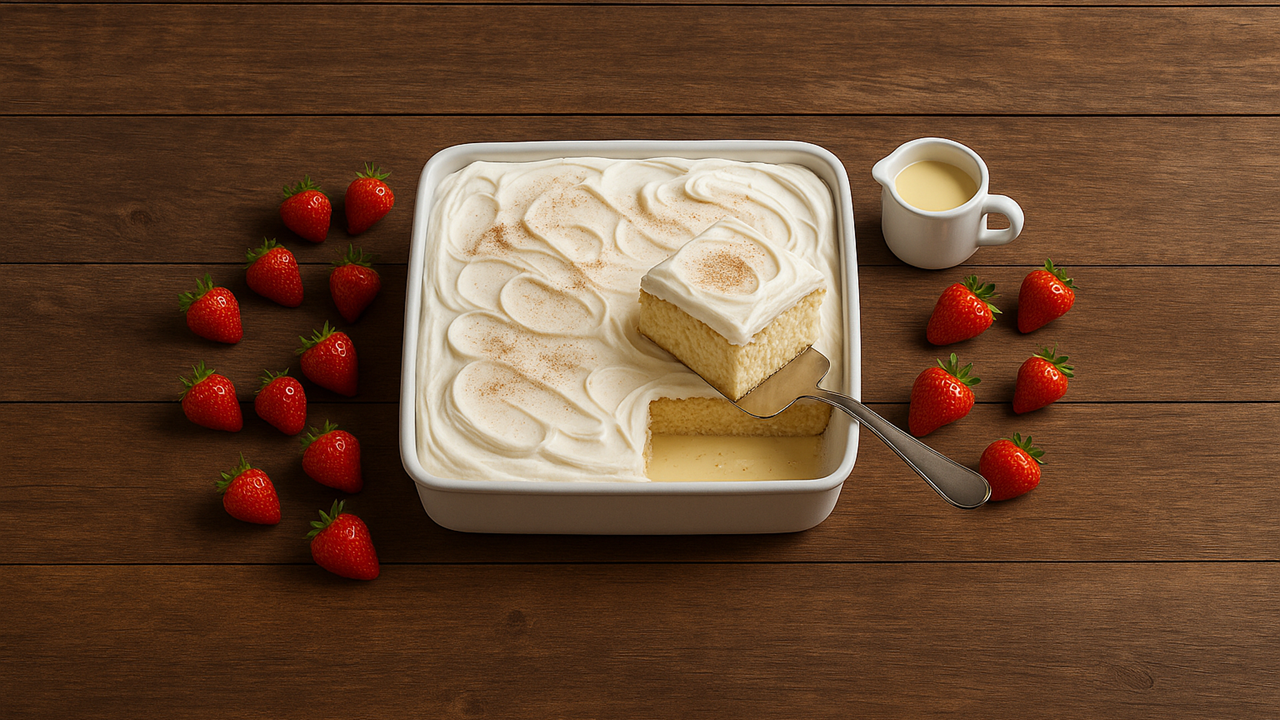Recipes: Authentic Carbonara from Scratch
Italian Carbonara is celebrated for its rich yet minimalist combination of ingredients, relying on guanciale, pecorino cheese, and eggs to create a silky, savory sauce. Despite how common it is to see versions with cream or onions, purists in Rome adhere to a strict tradition: no cream, no onion, no garlic—just the simple elements that have defined this dish for decades.
Its origins are believed to date back to the mid-20th century, which surprises many who assume carbonara has ancient roots. Several stories point to American soldiers in World War II bringing bacon and powdered eggs to Italy, with Roman cooks cleverly transforming those staples into the pasta we know and love today. Over time, Roman chefs refined the recipe by swapping bacon for guanciale and using fresh eggs rather than powdered substitutes, eventually reaching the pure and classic version we’re familiar with.
In modern Italy, carbonara stands alongside cacio e pepe, gricia, and amatriciana as one of Rome’s four legendary pasta dishes. Part of the dish’s appeal is the craft behind cooking it: the quick, off-heat emulsification of raw egg, hot pasta, and cheese results in a creamy texture that’s completely distinct from recipes that use heavy cream. When done properly, it delivers a perfect balance of salty, peppery flavors and a velvety sauce that clings to every strand of spaghetti.
Ingredients (4 servings)
Instructions
Cook the Pasta
Bring a large pot of water to a boil and season lightly with salt, keeping in mind that guanciale and pecorino are already quite salty.
Add the spaghetti and cook until al dente (usually 8–10 minutes, depending on the brand).
Render the Guanciale
Meanwhile, place the guanciale in a skillet over medium-low heat (no extra oil needed).
Let it slowly render until the fat melts out and the meat turns crisp on the edges, about 5–8 minutes.
If there’s too much fat, spoon some into a separate bowl and reserve it in case you want to stir a little back in later.
Prepare Egg and Cheese Mixture
In a medium bowl, whisk the egg yolks (plus the optional whole egg) until smooth.
Stir in the grated Pecorino Romano and a generous amount of black pepper.
You can add 1–2 tablespoons of hot pasta water here to warm (temper) the mixture slightly.
Combine Pasta and Guanciale
Once the spaghetti is al dente, reserve about ½ cup of cooking water, then drain the pasta.
Immediately transfer the hot pasta into the skillet with the guanciale.
Toss the pasta so it’s coated in the rendered fat. Turn off the heat or move the skillet off the burner.
Add Egg-Cheese Mixture
With the pan off heat, pour the egg-cheese mixture onto the pasta.
Quickly toss everything together, letting the heat from the pasta gently cook the eggs into a creamy sauce.
If it seems too thick, add a splash or two of the reserved pasta water to thin it out.
Adjust with more black pepper if desired.
Serve Immediately
Plate the carbonara right away (it’s best enjoyed hot).
Top with a little extra Pecorino Romano and a final grind of black pepper.
Serving and Tips
Carbonara shines brightest when served piping hot, so I like to warm my serving bowls ahead of time to keep the dish at its best. In Rome, this pasta is served as a primo piatto (first course) before moving on to a main, but it also stands as a hearty dish on its own. If you prefer a touch more crispness, you can set aside a few guanciale pieces after rendering and sprinkle them on top just before serving.
Remember, Roman culinary tradition insists on no cream, garlic, or onions. The sauce’s velvety texture comes purely from the emulsification of eggs, cheese, and a bit of starchy pasta water. If you have leftover pasta, it’s tricky to reheat without curdling the eggs—so do your best to savor every bite fresh off the stove. Pair it with a crisp white wine, or a light red, and enjoy a taste of true Roman cuisine.
Recipe Card
Prep Time: 10 minutes
Cook Time: 15–20 minutes
Total Time: ~ 25–30 minutes
Yield: 4 servings
Ingredients
320 g spaghetti
150 g guanciale (cured pork jowl)
4 egg yolks (optionally +1 whole egg)
60–75 g Pecorino Romano, finely grated
Black pepper, freshly ground
Salt for pasta water
Instructions
Boil salted water and cook spaghetti until al dente.
In a skillet over medium-low heat, render guanciale until crisp; drain excess fat if needed.
Whisk egg yolks, grated Pecorino, and black pepper in a bowl; add a spoonful of hot pasta water to temper if desired.
Drain the pasta, reserving some cooking water. Toss it in the skillet with the guanciale (off heat).
Add the egg-cheese mixture, stirring quickly to form a creamy sauce; loosen with reserved water if needed.
Serve right away, topping with extra Pecorino and black pepper.
Nutrition (Approx. per serving)
Calories: ~500–550
Protein: ~20–25 g
Fat: ~20–25 g
Carbs: ~60 g
(Nutritional values vary based on exact ingredients and any excess fat used or removed.)




